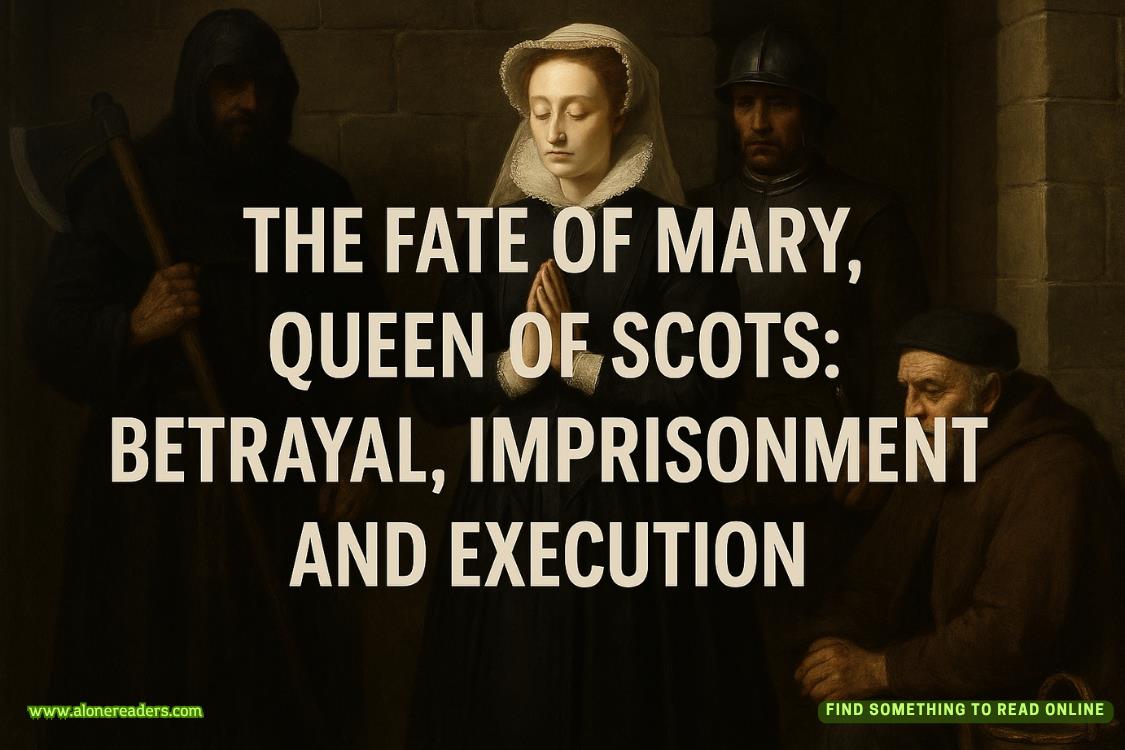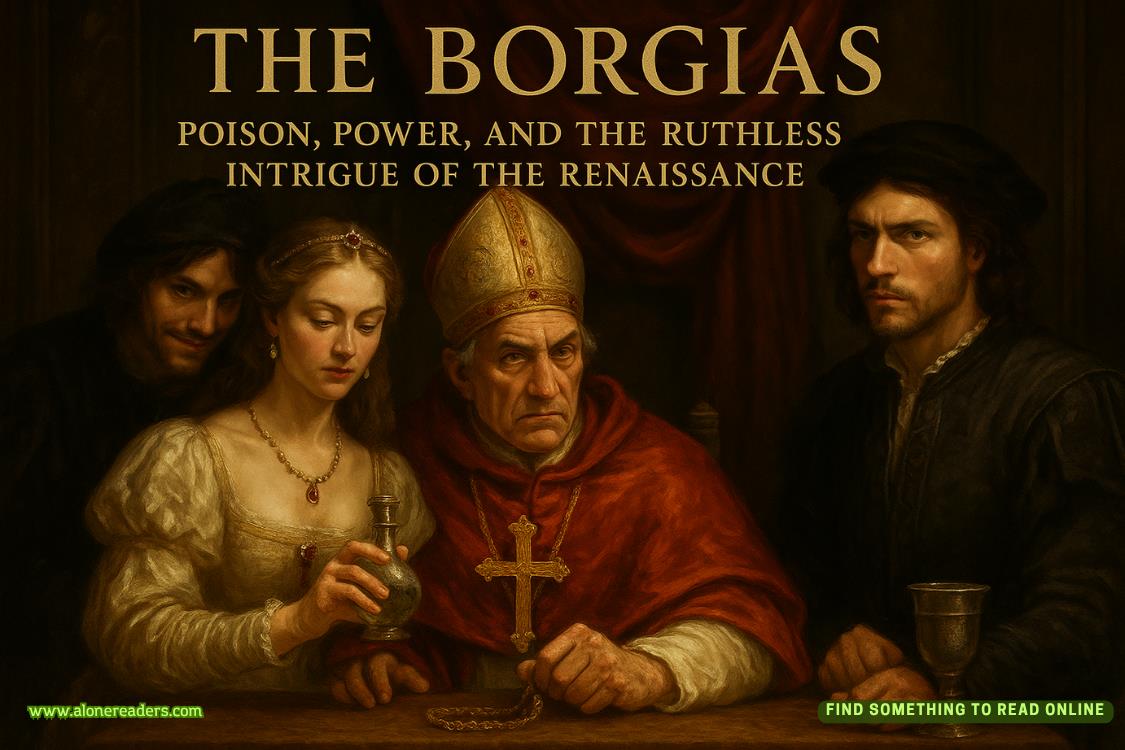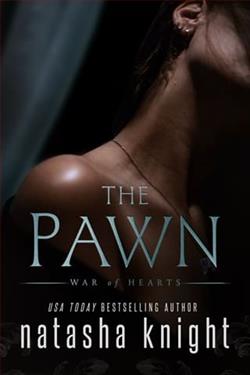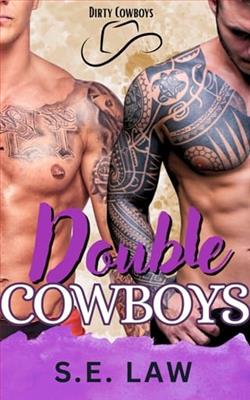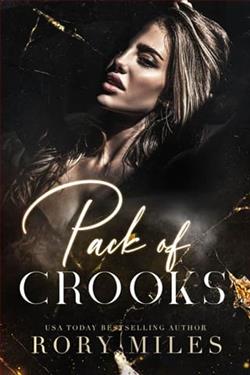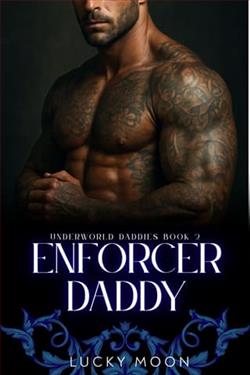Page 4 of South of Nowhere
So Colter Shaw had created an early warning system of sorts. People he knew—personally or professionally—would be in touch when someone suspicious inquired about him.
Which was why he was presently in his late father’s office in the mountain house of his youth, working his way through five thousand sheets of the man’s notes and correspondence.
He was searching for a reference to a particular individual, and having zero luck.
The lean, six-foot Shaw was dressed for the outdoors, in black jeans, 5.11 tactical boots, and two T’s under a sweatshirt for insulation. It was nearly summer but this June was in March mode, drizzling, cold and windy. None of this would have stopped him from hiking the hundreds of acres that made up the Shaw Compound in the Sierra Nevada Mountains, an activity that was to have been on his agenda today.
But instead, he was chasing paper.
And coming up with nothing.
He tested the coffee. It had lost its last hint of warmth, and he set the mug aside. He’d get more—a pot was in the kitchen—but not until he hit an arbitrary milestone of another half inch of documents.
Stretching, he slumped in a chair in whose back was carved the face of a brown bear—a grizzly. Young Colter had been fascinated with the bas-relief in his youth and had once done a rubbing of it, like people do on the gravestones of the famous dead. The result, on gray newsprint, was presently hanging, framed, on a wall in his home on the East Coast.
He now looked around the room where he’d spent many, many hours with his eccentric father, as Ashton imparted endless rules about survival. Shaw recognized dozens of the objects and books that had absorbed his youthful attention like the chairback: maps, Native American weapons, lacquered boxes, books on politics and philosophy, paintings, one of his sister’s model locomotives, a bowie knife that his older brother and their father had forged.
Some good memories and some tough ones.
Then, it was time to tuck the past away. And return to the hunt for the threat—if indeed a threat existed.
The early warning message had been ambiguous. It was from a political science professor at the Bay Area university where his father had taught, in Berkeley, though not the famed Cal. The professor had been a student of Ashton’s and was well aware of the cranky man’s mission back then—and the enemies he’d made. The text the man sent read:
Colter, You should know. Someone called the university, asking about Ashton and his family. Directed to me because I knew him. My assistant took the call. A woman gave the name Margaret. No last name. She knew about the Compound but didn’t know where it was and was looking for it. She wouldn’t leave a number or say why she was interested. Said she’d call back but never did. My assistant said the woman seemed “edgy” and “blunt.” Maybe nothing but thought you should know.
Margaret…
The name meant nothing to Shaw, and as this had happened just an hour ago, he had not had a chance to pose the question to his mother, who was working in the garden.
He slogged on through the documents—the process slowed by the fact that anything Ashton generated was written by hand.
One preliminary question:Whoexactly was at risk? He was the logical front-runner, given the number of suspects and escapees he had rounded up. Yet the mysterious caller had been interested not in Shaw himself but the “Compound” and the “family.” Maybe the danger was to someone else: His sister, Dorion, three years younger; his brother, Russell, six years his senior; or their mother, Mary Dove. Or even the Shaws as a whole.
And why might they be targets?
A very likely answer: because of the patriarch, Ashton Shaw.
It was here to the Compound that Ashton had fled with his wife and children years ago when the man had learned of threats against him due to research he had engaged in. He had poked the bear of corporate and government overreach and corruption, and learned that people were gunning for him.
Ashton had not been able to outrun the threat, though Shaw and Russell had teamed up to make sure that the main actors would never be able to harm anyone again.
But the enemies’ reach had been vast, and it was not impossible that some successors in interest might wish to pay a visit to the Shaw Compound to exact revenge on the family.
More documents. And more after that.
Ashton was the master of what he called the Never Rules, a list of prohibitions he formulated as the consummate survivalist.
Never be without a means of escape, never be without access to a weapon…
And a vital one.
Never write anything in any electronic medium now or in the future created…
A rule that Ashton had followed religiously. Hence the twenty pounds of paper before Shaw presently—covered in handwriting so small it would be described by graphic artists as “mice type.”
Completing his milestone half inch of documents, Shaw ran his hand over his short-cropped blond hair and stretched once again. He glanced out the window to see his mother planting seeds in the half-acre garden, the early start intended to beat a predicted inundation later that day. Mary Dove had the touch, and she would be raising a crop large and varied enough to keep herself, family visitors and neighbors in staples for a year. Colter Shaw enjoyed vegetables and fruit as much as anyone. You couldn’t argue with vitamins and whatever else they contained, but tending a plot of dirt from season to season remained an alien mystery to him, as it would to anybodywho clocked more than 300K miles, give or take, in a Winnebago every year.
The Restless One…

